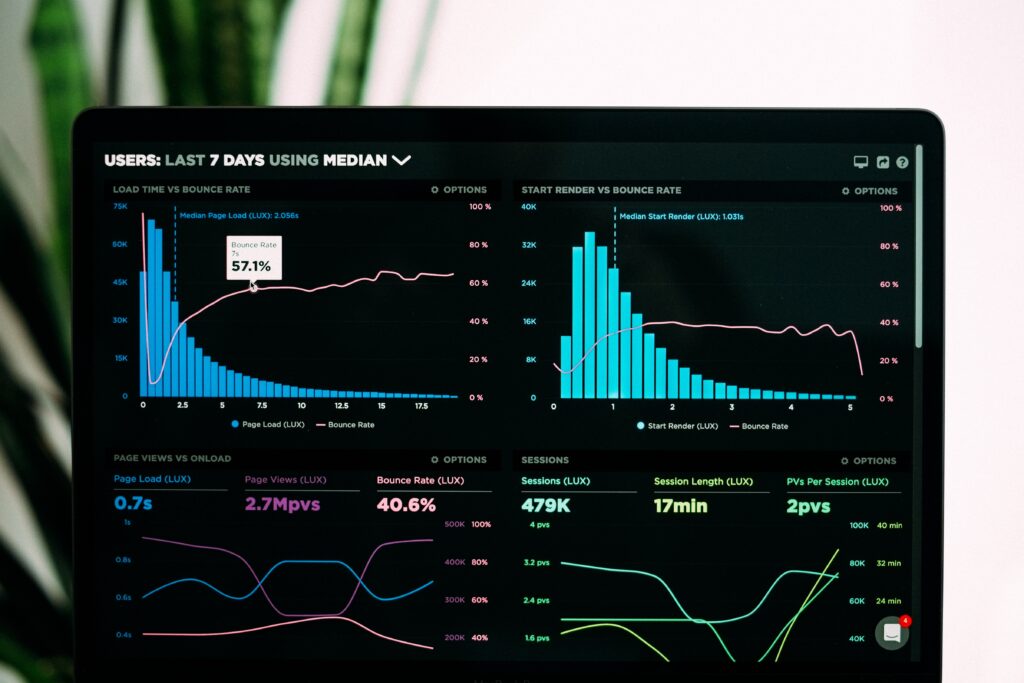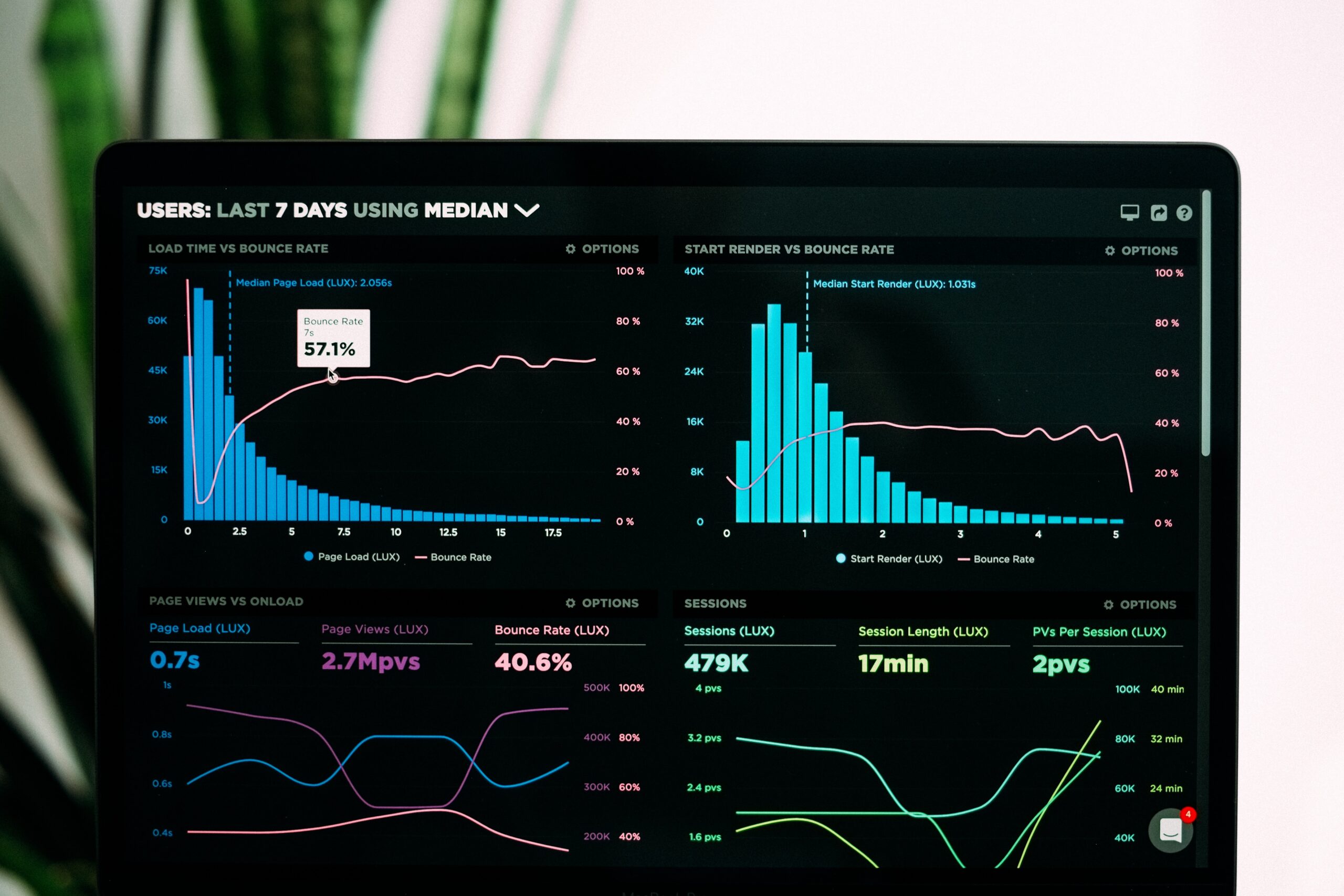In this article, we’ll be discussing the different types of data loggers and how they work. You’ll learn all about the various categories of data loggers and the unique functions they offer. We’ll also delve into the working principles behind these devices and how they collect data. By the end, you’ll have a better understanding of the different options available and how data loggers can be used in various industries and applications.

Introduction
In today’s digital age, data is everywhere. It is collected, analyzed, and utilized in various fields to enhance efficiency and make informed decisions. One crucial tool that aids in data collection is the data logger. Data loggers have become integral in various industries, such as environmental monitoring, industrial process control, and transportation and logistics. In this article, we will explore what data loggers are, the different types available, how they work, their applications, benefits, common features, and tips for choosing the right one.
What is a Data Logger?
Definition
A data logger, also known as a data recorder or data acquisition system, is a compact electronic device used to record and store data over a set period. It is designed to measure and record specific variables like temperature, humidity, pressure, voltage, and more. The collected data can be analyzed to identify patterns, trends, and anomalies, aiding in decision-making processes.
Purpose
The primary purpose of a data logger is to automate data collection. Traditionally, data collection involved manual recording or monitoring, which was time-consuming, prone to human errors, and limited in terms of data volume. Data loggers eliminate these limitations by continuously and accurately recording data at predetermined intervals, allowing for a comprehensive and detailed analysis of various parameters.
Components
Data loggers consist of several key components that work together to collect, store, and retrieve data. These components include:
-
Sensors: Sensors are responsible for measuring and sensing the desired variables, such as temperature, humidity, or pressure. Different sensors are used based on the specific application requirements.
-
Memory Storage: Data loggers have internal memory storage for storing the recorded data. The capacity of the memory can vary depending on the model and manufacturer.
-
Power Source: To ensure uninterrupted data logging, data loggers are equipped with a power source. This can range from replaceable batteries to rechargeable batteries or even external power supplies.
-
Data Retrieval: Data loggers have various methods for retrieving the recorded data, such as USB connectivity or wireless data transmission. This flexibility allows for easy data transfer and analysis.
Types of Data Loggers
Data loggers come in various types, each designed to cater to specific applications and requirements. Let’s explore three common types of data loggers:
Single-channel Data Loggers
Single-channel data loggers are the most basic type and are designed to measure and record data from a single sensor or channel. They are typically used in applications where monitoring a single parameter is sufficient, such as room temperature monitoring in households or small offices. The data loggers may have limited memory capacity and capabilities compared to their multi-channel counterparts.
Multi-channel Data Loggers
As the name suggests, multi-channel data loggers can measure and record data from multiple sensors or channels simultaneously. They are suitable for applications that require monitoring and analysis of multiple parameters simultaneously. For example, in a greenhouse, a multi-channel data logger can monitor temperature, humidity, and light levels at various locations.
Wireless Data Loggers
Wireless data loggers provide the convenience of remotely monitoring and accessing data without the need for physical connections. These data loggers use wireless technologies such as Bluetooth or Wi-Fi to transmit data to a receiving device or a central server. They are commonly used in large-scale monitoring systems where physical access to the data logger may be challenging, such as monitoring environmental conditions in remote locations.
How Do Data Loggers Work?
Data loggers work by continuously collecting and recording data from sensors, storing it in internal memory, and allowing for easy retrieval and analysis. Let’s delve into the various components and processes involved in the functioning of data loggers.
Data Collection
Data loggers rely on sensors to collect data. Sensors are carefully selected based on the parameters being monitored. For example, temperature sensors may utilize resistive, thermocouple, or thermistor technology. The sensors convert the physical variable being measured into an electrical signal, which is then processed by the data logger.
Sensors
The selection of sensors depends on the specific application and the parameters to be measured. Manufacturers offer a wide range of sensors designed to measure temperature, humidity, pressure, voltage, current, and more. Some data loggers allow for interchangeable sensors, providing flexibility in monitoring different variables.
Memory Storage
Data loggers are equipped with internal memory storage to store the recorded data. The capacity of the memory depends on the data logger model and can range from a few kilobytes to several gigabytes. The memory storage allows for the logger to continuously record data even when an external device is not connected.
Power Source
To ensure uninterrupted data logging, data loggers require a power source. This can range from replaceable batteries to rechargeable batteries or even external power supplies. The power consumption of data loggers varies depending on factors such as the number of sensors, the sampling rate, and the features utilized.
Data Retrieval
Data loggers provide various methods for retrieving the recorded data. Many data loggers are equipped with USB connectivity, allowing for direct connection to a computer or other devices for data retrieval. Some data loggers also offer wireless data transmission capabilities, enabling remote data retrieval and real-time monitoring through smartphones or other network-connected devices.

Applications of Data Loggers
Data loggers find applications in a wide range of industries. Here are a few notable examples:
Environmental Monitoring
Environmental monitoring is one of the most common applications of data loggers. They are used to track and record environmental parameters such as temperature, humidity, light levels, and air quality. Environmental data loggers are crucial in fields such as agriculture, forestry, meteorology, and environmental research.
Industrial Process Control
In industrial settings, data loggers are used for process control and optimization. They help monitor variables such as temperature, pressure, voltage, and current during manufacturing processes. Data loggers provide information on process efficiency, identify potential issues or deviations, and aid in process improvement efforts.
Transportation and Logistics
Data loggers play a vital role in ensuring the safe transportation and storage of goods. They can monitor and record variables like temperature, humidity, and shock/vibration levels during transit. This helps in maintaining the quality and integrity of perishable goods, pharmaceuticals, and sensitive equipment during transportation.
Cold Chain Management
Cold chain management involves maintaining a consistent temperature and humidity during the storage and transportation of temperature-sensitive products, primarily in the food and pharmaceutical industries. Data loggers are used to monitor and record temperature and humidity levels continuously, ensuring compliance with regulatory standards and preventing spoilage or damage to sensitive products.
Benefits of Using Data Loggers
The use of data loggers offers several significant benefits across various industries. Let’s explore some of the key advantages:
Automation and Efficiency
Data loggers automate the data collection process, eliminating the need for manual recording or monitoring. This not only saves time but also reduces the chances of human errors. Automated data collection also enables real-time or near-real-time monitoring, allowing for prompt actions and interventions when required.
Accurate and Reliable Data
Data loggers provide accurate and reliable data, free from potential human errors during manual data recording. They record data at predefined intervals, ensuring continuous monitoring and capturing of relevant information. The collected data can be analyzed to identify patterns, trends, and anomalies, leading to better decision-making.
Cost Savings
Data loggers can lead to significant cost savings by optimizing processes, reducing wastage, and avoiding potential losses. For example, in industries such as manufacturing or agriculture, data loggers can help identify areas of inefficiency or deviations from desired conditions, allowing for proactive measures to be taken before they become costly issues.
Remote Monitoring
Wireless data loggers enable remote monitoring and access to data, even in challenging or inaccessible locations. This allows for real-time monitoring of critical parameters without the need for physical presence. Remote monitoring capabilities also enable quick identification of potential issues or abnormalities, enabling timely interventions.

Common Features of Data Loggers
Data loggers come equipped with various features to cater to specific monitoring requirements. Here are some common features:
Temperature Monitoring
Temperature monitoring is one of the primary functions of data loggers. They can accurately measure and record temperature fluctuations over time, ensuring compliance, and identifying any temperature-related issues.
Humidity Monitoring
Humidity monitoring is crucial in applications where humidity levels can impact the quality of products or processes. Data loggers equipped with humidity sensors can monitor and record fluctuations in humidity, aiding in process control and maintenance of optimal conditions.
Pressure Monitoring
Pressure monitoring is essential in various industries, including oil and gas, manufacturing, and healthcare. Data loggers with pressure sensors can measure and record pressure changes, ensuring safe and efficient operation.
Voltage Monitoring
Voltage monitoring is common in electrical systems to identify potential issues or fluctuations. Data loggers with voltage monitoring capabilities can measure, record, and analyze voltage levels, aiding in troubleshooting and preventive maintenance.
Choosing the Right Data Logger
Choosing the right data logger depends on several factors. Here are a few considerations to keep in mind:
Environmental Conditions
Consider the environmental conditions in which the data logger will be utilized. Determine the temperature range, humidity levels, and any other factors that may impact the performance of the data logger. Ensure that the chosen data logger can withstand and operate optimally in the intended environment.
Number of Channels
Determine the number of channels or sensors required for your application. Choose a data logger that can accommodate the desired number of channels to ensure simultaneous monitoring of multiple parameters.
Battery Life
Consider the battery life of the data logger. Check the average battery life and whether the batteries are replaceable or rechargeable. Ensure that the battery life aligns with the desired monitoring duration.
Data Management Software
Check if the data logger comes with data management software. This software allows for convenient and efficient analysis of the recorded data. Ensure that the software is user-friendly and provides the necessary features for data visualization, analysis, and reporting.
Data Logger Maintenance
Proper maintenance of data loggers is essential to ensure accurate and reliable data. Here are a few maintenance tips:
Calibration
Periodically calibrate the data logger and sensors to ensure accurate measurements. Calibration ensures that the data logger is providing reliable data and remains within acceptable standards.
Cleaning
Regularly clean the data loggers, especially in environments where dust, debris, or other contaminants may be present. Follow the manufacturer’s guidelines on cleaning methods and materials.
Software Updates
Stay updated with the latest software releases and updates provided by the data logger manufacturer. Software updates often include bug fixes and improvements, ensuring optimal performance and functionality.
Battery Replacement
Monitor the battery life of the data logger, and replace batteries as needed. Regularly check the battery status to avoid disruptions in data collection.
Conclusion
Data loggers are an invaluable tool for collecting, recording, and analyzing data in various industries. They provide automation, accuracy, and efficiency in monitoring and recording parameters such as temperature, humidity, pressure, and voltage. By leveraging data loggers, businesses can make informed decisions, optimize processes, and ensure compliance with regulatory standards. With the wide range of data loggers available in the market, it is crucial to choose the right one based on the specific application requirements. Regular maintenance and calibration of data loggers are essential to ensure reliable and accurate data. Embrace the power of data loggers and unlock new possibilities in data-driven decision-making.

